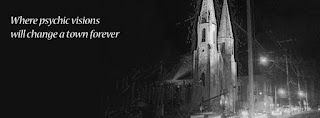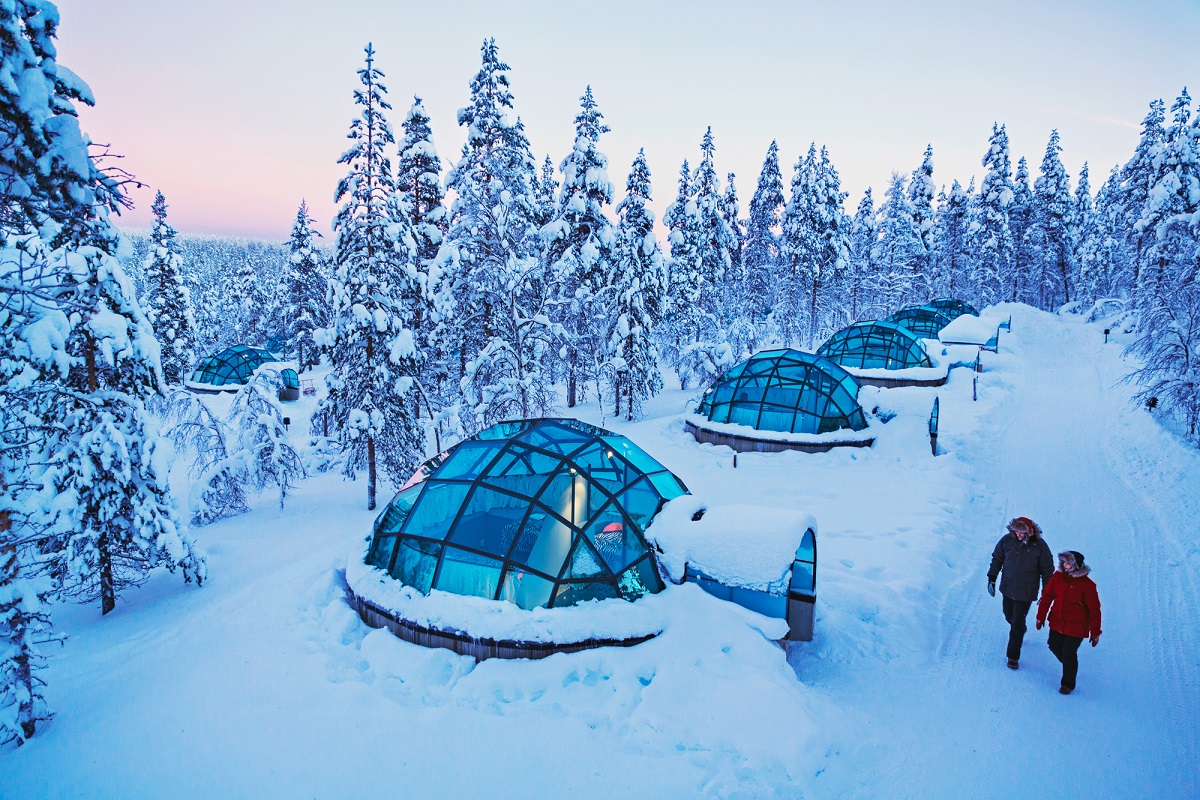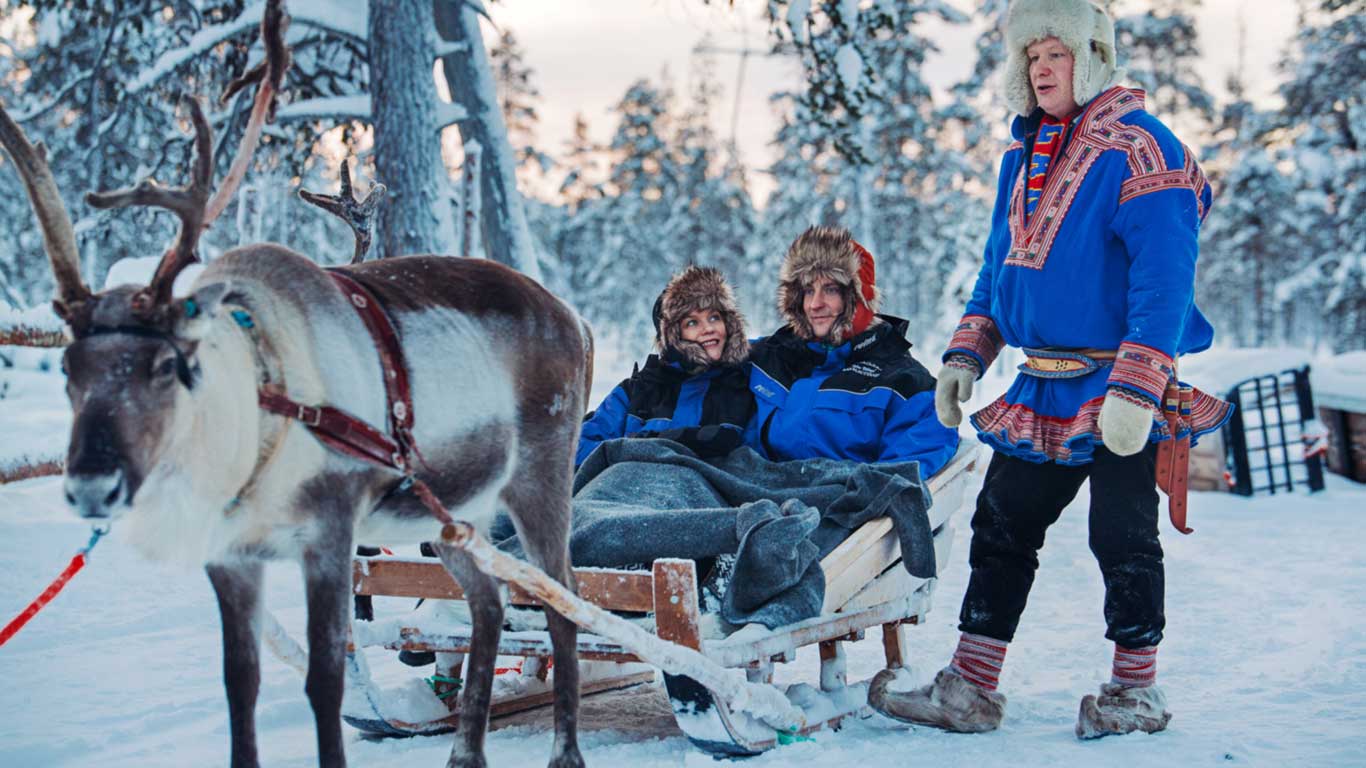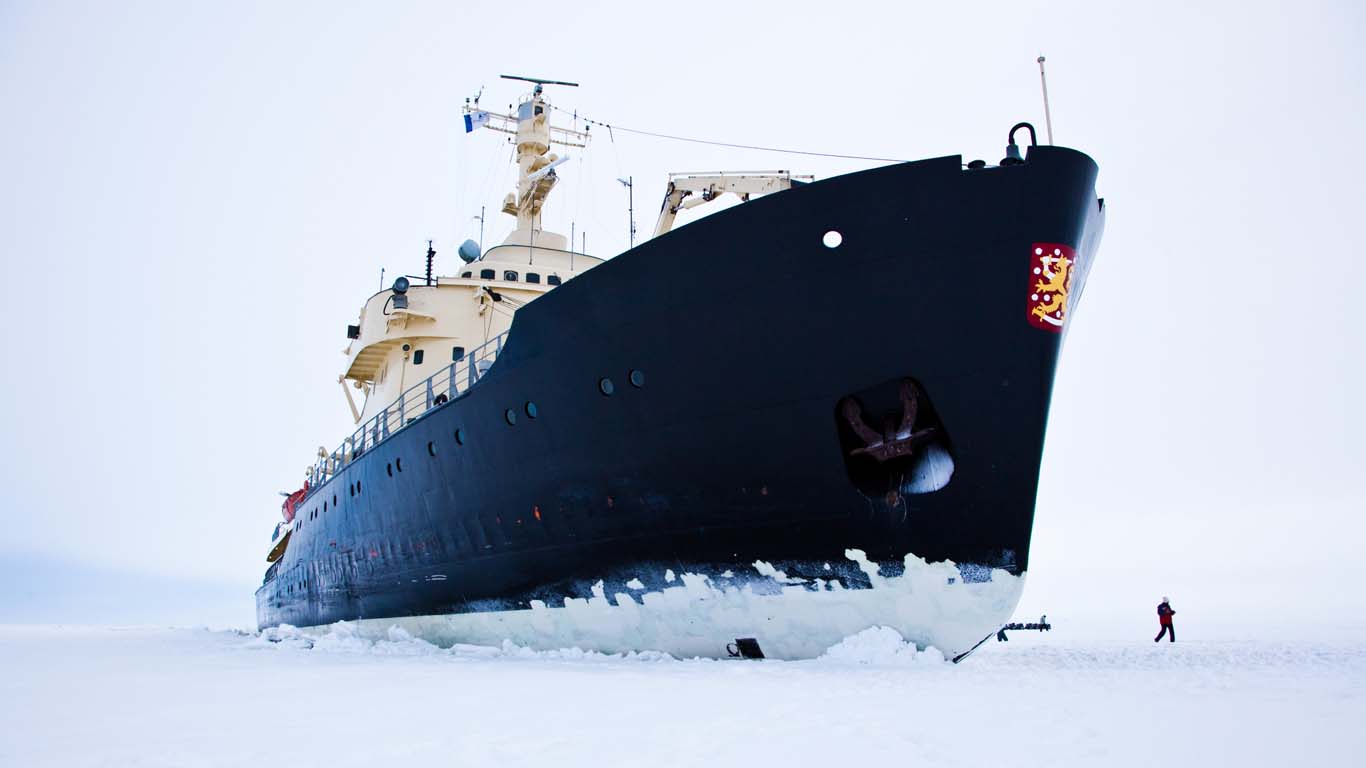In 1890, while a Helsinki family prospered in the brewery industry and in the banking, they also commenced their adventure in the trails of the arts. “We loved art from a young age," recalled Fanny Sinebrychoff, who was married to Paul Sinebrychoff, the magnate first heir of the brewing family. "When we traveled abroad after we got married in the 1880s, we never failed to visit art galleries. Seeing all those beautiful and uplifting things they presented to viewers in abundance, we were struck by a burning desire to give the citizens of our faraway home country an opportunity to have their share in it. The decision to start collecting valuable pieces of art to our own home evolved then, pieces that we could – maybe one day after the collection had grown – donate to the Finnish government.”
 |
| View of the Museum from the Sinebrychoff Park |
As she said, it was done. In 1921, after almost thirty years of collecting, Fanny Sinebrychoff donated a collection of about 900 works of art to the government, fulfilling their mutual wish. The collection is housed in its original home, in the Sinebrychoff Art Museum in Helsinki, at Bulevardi 40, where the home of Paul and Fanny Sinebrychoff has been “revived” after many decades.
The Sinebrychoff Art Museum is situated at the end of Bulevardi right next to a large park. The building, completed in 1842, was the home and office of the Sinebrychoff family.
 |
| The Empire Room |
 |
| Paul Sinebrychoff's Study |
One of the most important private houses in Helsinki opened to the public as a house museum in 1921. The four rooms facing the street exhibited beautiful chambers in different styles and filled with interesting artifacts, to a great extent as Fanny Sinebrychoff left them. The museum remained like this until 1939 when it needed to be closed because of the outset of the Winter War. The collection was evacuated to a safe storage. Bombings and insurrections badly damage the house located at Bulevardi 40, and it was rented out to the Helsinki University of Technology as a chemistry laboratory after the war.
 |
| The Empire Room from a Different Angle |
Some extra work completed in 2002 focused on preservation and restoration. Black and white photos of the Sinebrychoff home, taken by photographer Signe Brander in 1912, formed the basis for the displays of art works and other artifacts. The four upstairs rooms facing the Bulevardi street have been restored to their original look as far as possible. The rooms facing the park display other art collections of the museum, whereas the downstairs rooms house temporary exhibitions.
 |
| The Gustavian Room |
When you visit Helsinki from now and until the end of summer, there will be two interesting upcoming exhibitions in the Sinebrychoff Art Museum:
Life Under Threat (from February 13th. until August 23rd., 2020)
Animals are one of the oldest pictorial motifs – known already in prehistoric times. The exhibition presents visions of animals and nature from the 16th century to today. The artworks convey the relationship humans have had with animals and with nature through the ages. How do we perceive these works today? As humans, we also look at ourselves through animals. In the western worldview, animals and nature are viewed as something that exists for humans. In reality, humans are merely a part of the whole. The works in the exhibition examine the journey of humans in and as a part of nature. Understanding co-existence helps to preserve living space both for humans and for all other creatures.
Albert Edelfelt and the Romanovs (from February 6th. until May 10th., 2020 in the Red Cellar)
This exhibition focuses on Albert Edelfelt’s lesser-known works related to the Russian Imperial family. The centerpiece is a portrait of Alexander III’s nephews, The Grand Dukes Boris and Kirill Vladimirovich as Children (1881) from the Rybinsk Art Museum collection. This painting, long thought to be lost, is being displayed for the first time in Finland. Also on display are other captivating portraits of children from the Romanov family. The exhibition includes oil paintings, sketches and letters from the artist. The exhibition has been arranged together with the Finnish Institute in Saint Petersburg. The curator is the institute’s director, Sani Kontula-Webb. Partners for this exhibition are: The Finnish Ministry of Education and Culture, the Finnish General Consulate in Saint Petersburg, the Finland-Russia Society, the Friends of the Finnish Institute in Saint Petersburg, and Finnair.
|
|














